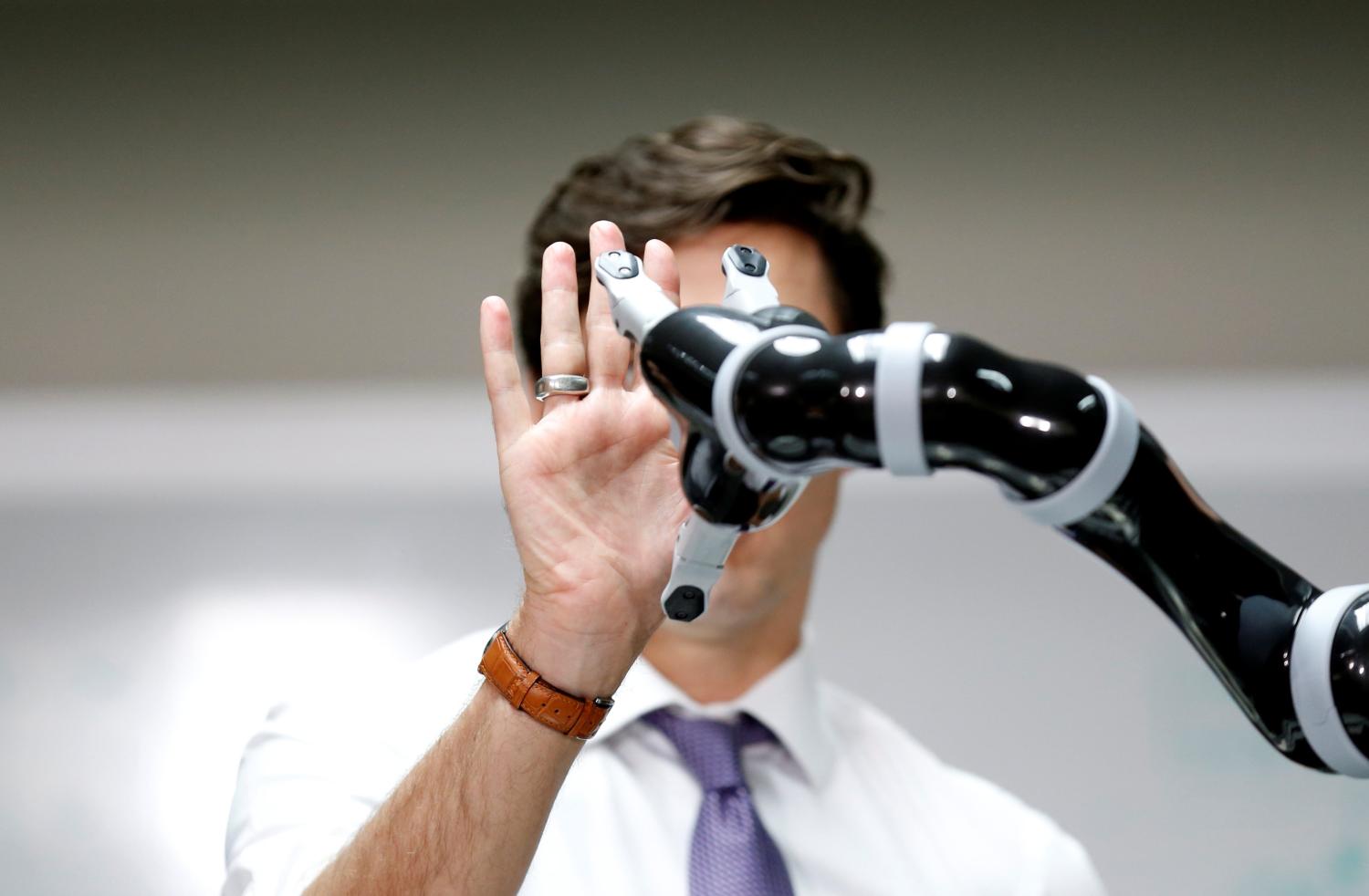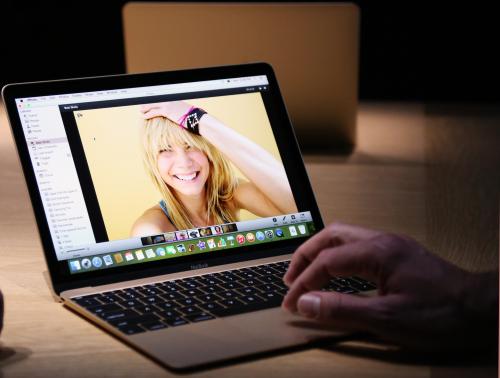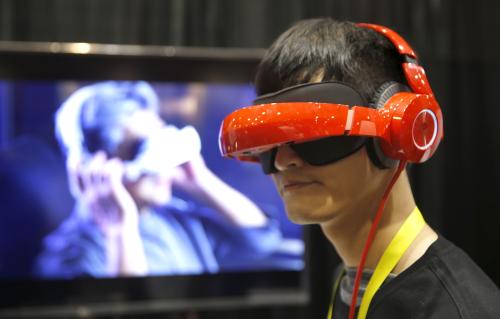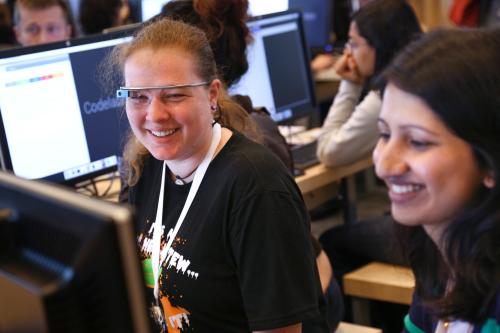Accelerating trends in artificial intelligence (AI) and robotics point to significant economic disruption in the years ahead. Together, machine learning, natural-language recognition, biometrics, and decision management are converging toward what the World Economic Forum has described as the Fourth Industrial Revolution. To this point, technology has consistently generated more jobs than it destroys—but many now wonder if “this time is different.”
According to McKinsey & Company, half of all existing work activities could be automated by currently existing technologies, saving some $16 trillion in wages. Forecasts indicate that revenues from AI will expand from the current $8 billion to more than $47 billion by 2020. Industries attracting the most investment include automated customer service, quality management and recommendation, medical diagnosis and treatment, and fraud analysis and investigation.
For many policymakers, a natural response to this shift has been to focus on more and improved training in science, technology, engineering, and math (STEM) subjects. What is often less appreciated, however, is the role liberal arts will play in this Fourth Industrial Revolution.
Education policy and automation
As many studies now demonstrate, creative problem-solving, people management, and social intelligence remain significant bottlenecks to machine learning. This suggests that these “soft” skills will increase in value as AI matures. Indeed, even as technology eliminates the need for routine labor, it will also open up whole new opportunities in industries that leverage creativity and innovation. Surfing this Fourth Industrial Revolution will mean marrying human intelligence to machine intelligence in new and creative ways.
In order to ensure the future prosperity of advanced economies, students will need skills that match with a wide range of disruptive technologies. In fact, new tools that build on speech recognition, digital assistance, augmented reality, and generative design are already amplifying human capabilities. Growing calls to bridge AI with human ingenuity suggest that our education systems will need to focus on teaching skills that will augment and complement AI to meet the impact of machine automation.
As our social systems adapt to this new wave of technological disruption, the design of education systems will need to meet a new and different standard. Even as education policy in advanced economies has traditionally focused on inculcating basic skills, an AI-driven society will increasingly demand an entrepreneurial workforce, well versed in the application of knowledge.
Indeed, it is becoming obvious that we are entering an era in which many kinds of routine work are simply becoming much less valuable. At the same time, AI has limitations. Machine learning has been particularly effective at making predictions, but it has been much less successful at managing challenges associated with judgment, decisionmaking, and interpretation. What is striking is that these kinds of skills are not generally the focus of STEM disciplines. In fact, they more closely align with the type of learning that liberal arts degrees are equipped to deliver.
The liberal arts entrepreneur
As studies by Ernst and Young observe, a rising class of young entrepreneurs are becoming increasingly critical to surfing this new wave of technological disruption. Within this generation is a growing recognition that liberal arts grads—working alongside engineers—are a key ingredient to sustaining innovation. In fact, a study by LinkedIn revealed that the growth of liberal arts undergrads entering the tech sector (between 2010 and 2013) exceeded computer science and engineering majors by 10 percent.
In response to this shift, many post-secondary liberal arts programs have begun positioning themselves as platforms for entrepreneurship and innovation. Geared toward both for-profit and nonprofit enterprise alike, liberal arts programs are becoming unique spaces for developing the creativity and ingenuity fundamental to high-tech work. This includes providing direct support for students to pursue entrepreneurial ventures while improving their overall capacity.
Hampshire College in Massachusetts, for example, has introduced a Seed Fund for Entrepreneurship and Innovation allocating $200,000 each year over five years to fund ideas that may lead to successful ventures. Oberlin College in Ohio has created an entrepreneurship center to fund new student ventures and summer internships. Colorado College in Colorado Springs offers $50,000 in venture funding through its annual Big Idea pitch competition. Ryerson University in Toronto has created the Zone Learning Network, a schoolwide program designed to open up entrepreneurial education and opportunities to all students, regardless of discipline.
As Steve Jobs, the late CEO of Apple, famously declared: It is the marriage of technology with the liberal arts and humanities that is the secret to leading change. When effectively paired with disruptive technologies, students within liberal arts programs have extensive skills for surfing the Fourth Industrial Revolution. Bridging critical thinking and meaning-making with entrepreneurship and design, post-secondary liberal arts programs are positioned to generate the kinds of intuitive thinkers that understand the future.
At the policy level, this overlaps the STEAM Movement and growing demand for the arts and creativity in traditional STEM fields. Building on digital computing systems, new disruptive technologies like 3D printing and robotics will mean extensive opportunities for artists and designers with a capacity for innovation and an understanding of human experience. Following Abraham Maslow’s thinking, this could represent a broad transition into industries that support new and higher stages of creativity and “self-actualization.”
The challenge ahead
As more routine and predictable labor is automated, and technology gives rise to unprecedented opportunities, creative work associated with the human imagination (meaning-making, communication, and critical reasoning) will be uniquely valuable. The scale and pace of this disruption requires an education system that is able to harness emergent opportunities linked to AI. Surfing the Fourth Industrial Revolution will mean bridging human and machine intelligence through learning systems that support creativity and innovation.
The obvious challenge ahead, then, is to design new approaches to education so that students are prepared to surf these disruptive technologies. In order to avoid being made redundant, future workers will need to work with technology and improvise in ways that machine intelligence simply cannot. Entrepreneurial skills that build on liberal arts education may very well be a good place to start.
The Brookings Institution is committed to quality, independence, and impact.
We are supported by a diverse array of funders. In line with our values and policies, each Brookings publication represents the sole views of its author(s).







